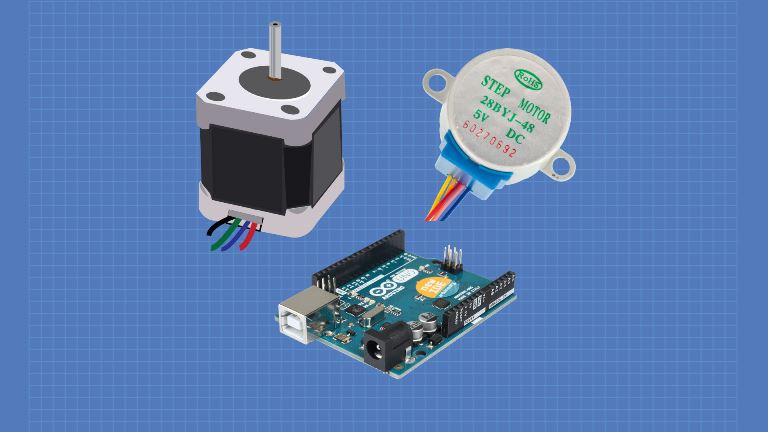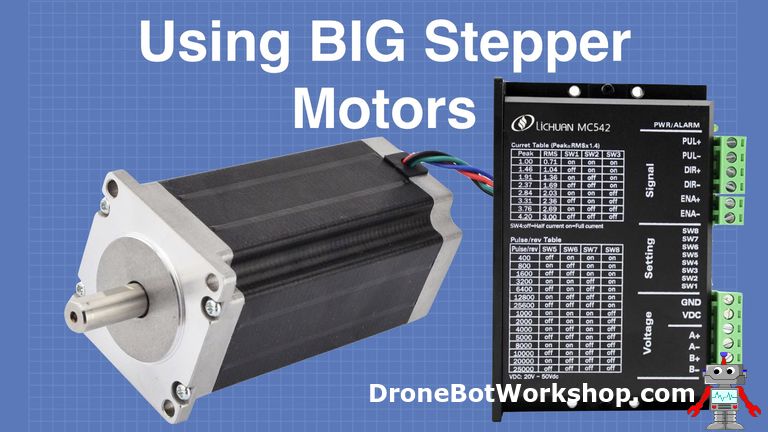@jimrk I don't really have an interest in a CNC conversion, but I would like to add a power feed to the Z axis. My mill setup is a bit of a stretch to reach and use the hand wheel comfortably.
Would you be so kind as to share specifically which ClearPath NEMA 34 motor you selected for your Z axis? If my understanding is correct, using the ClearPath motor and a suitable power supply, I can build a simple controller using an Arduino (or other microcontroller) in conjunction with a rotary encoder. Am I missing something there?
Also, could you share your thoughts on your inline mount instead of a geared mount replacing the hand wheel? I'm assuming it is related to replacing the lead screw with a ball screw?
For my application, I'm assuming that the stock lead screw will be fine since it will be a 'manual' setting and gravity will compensate for backlash.
Would you be so kind as to share specifically which ClearPath NEMA 34 motor you selected for your Z axis? If my understanding is correct, using the ClearPath motor and a suitable power supply, I can build a simple controller using an Arduino (or other microcontroller) in conjunction with a rotary encoder. Am I missing something there?
Also, could you share your thoughts on your inline mount instead of a geared mount replacing the hand wheel? I'm assuming it is related to replacing the lead screw with a ball screw?
For my application, I'm assuming that the stock lead screw will be fine since it will be a 'manual' setting and gravity will compensate for backlash.




